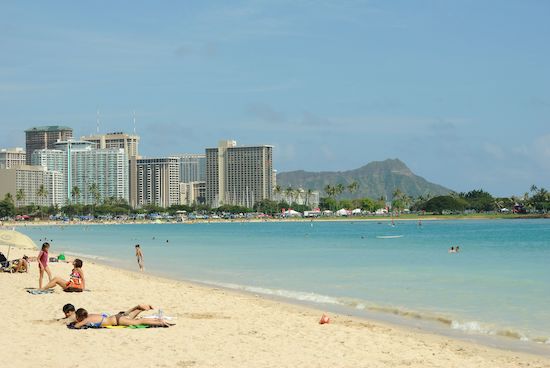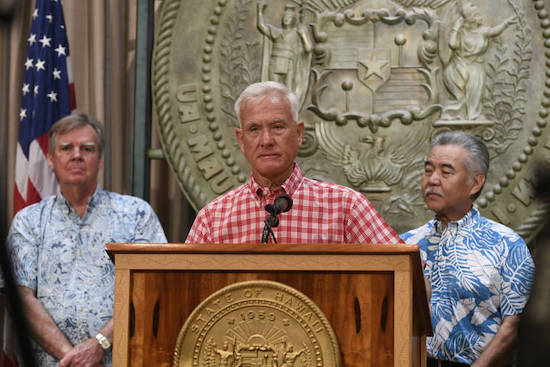
Commuting in the climate crisis
Since this semester started, my daily commute from Hauʻula to Kāneʻohe along Kamehameha Highway has been taking a bit longer every day as the Department of Transportation has been working to stop the highway from falling into the ocean.
The immediate problem was created by several weeks of strong trade wind swells that washed away the road. However, for months previously, the road was periodically covered with sand, driftwood and bits of coral as waves regularly washed over the road. But the real underlying problem is that sea levels are rising from the global climate crisis. This is caused by the thermal expansion of water as it heats and by ice melting at the poles.
The road repair was going to just be a small 300-foot section, which then expanded to include a 1,500-foot section and then several more sections in Kaʻaʻawa.
Talking to Ed Sniffen, the Department of Transportation deputy director for highways, he mentioned that this is a five to 10 year fix with no feasible plan to move the road inland. In short, the current fix is temporary, and we have no long term solution. This situation emphasizes a few ideas that I think help us to think about the current climate crisis in new ways.
First, the climate crisis is not a future problem that our kids or grandchildren will need to worry about. The climate crisis is now. We are already paying for it in a thousand small ways, and if we cannot come up with creative solutions quickly, the costs will get astronomically higher.
Second, there is some irony in spending money to repair the road to make it easier to drive, which is a large part of what got us into this problem in the first place. We need to rethink our relationship with the car.
Although the state’s goal of being 100 percent renewable by 2045 is admirable, it only tackles electricity production and not transportation. Transportation (cars and planes) accounted for 37 percent of Hawai‘i’s total emissions in 2016. If we want to get serious about emissions reductions, we need to rethink how we move. Electric cars are a start, but we also need more buses, bike lanes, sidewalks and creative ways to reorganize our society so we can shop, work, eat and play near where we live.
Finally, there are huge advantages to radically rethinking transportation and dramatically lowering the number of cars. For starters, we could take back thousands of acres of land currently tied up as parking lots, garages and roads and turn them into public spaces and affordable housing, which would bring down land prices. It would also dramatically reduce time wasted in traffic, the number of automobile-related injuries and deaths, and save families money on car payments, insurance and gas.
If you have ever lived in or travelled to a city with a functional mass transit system or an old town without cars all together, you will realize that it is possible to live quite well without cars. These cities are often destinations people flock to for the high quality of life that comes when you ditch the car. By reimagining how we move and creating a society with fewer cars, we can not only save the planet but also create a better, healthier society.
by Christian Palmer




